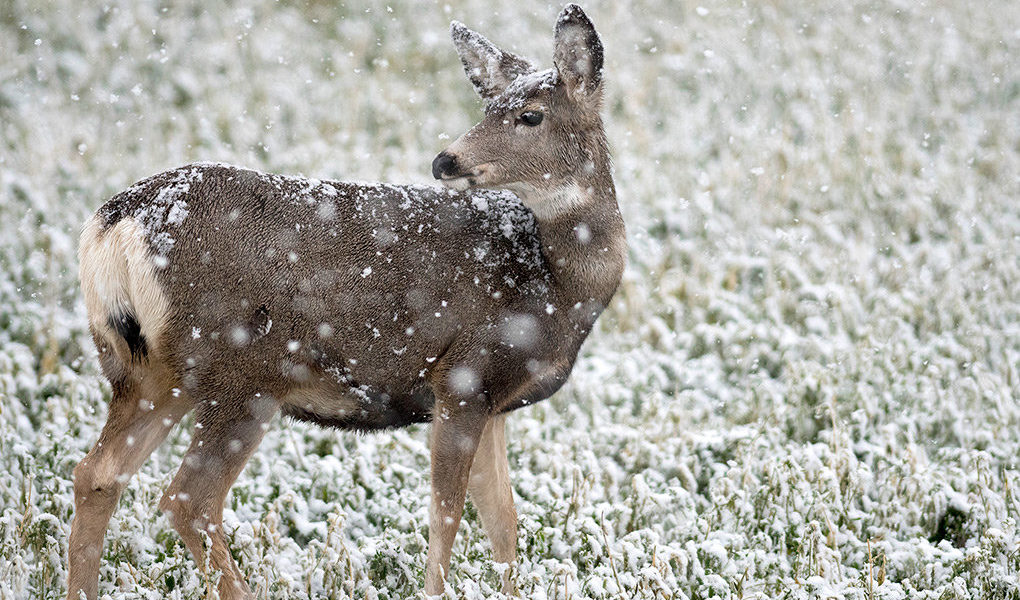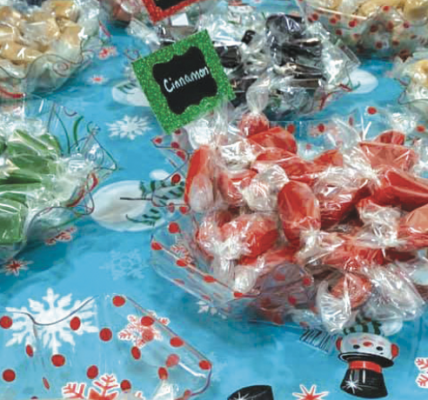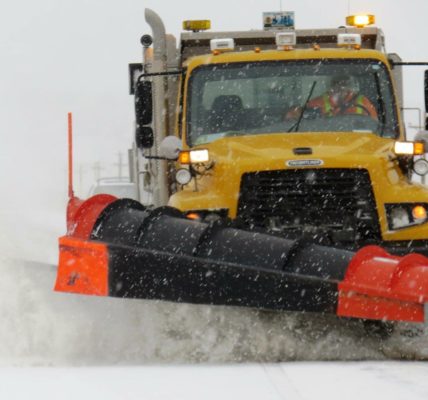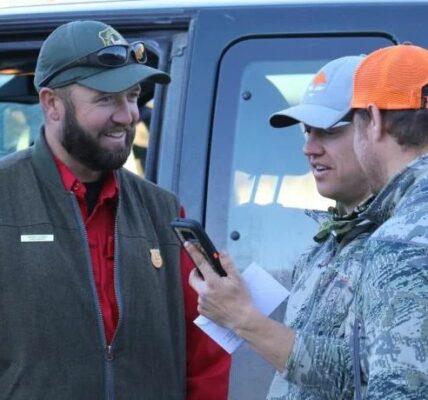Mending fences: new group working to help migrating wildlife, one fence at a time
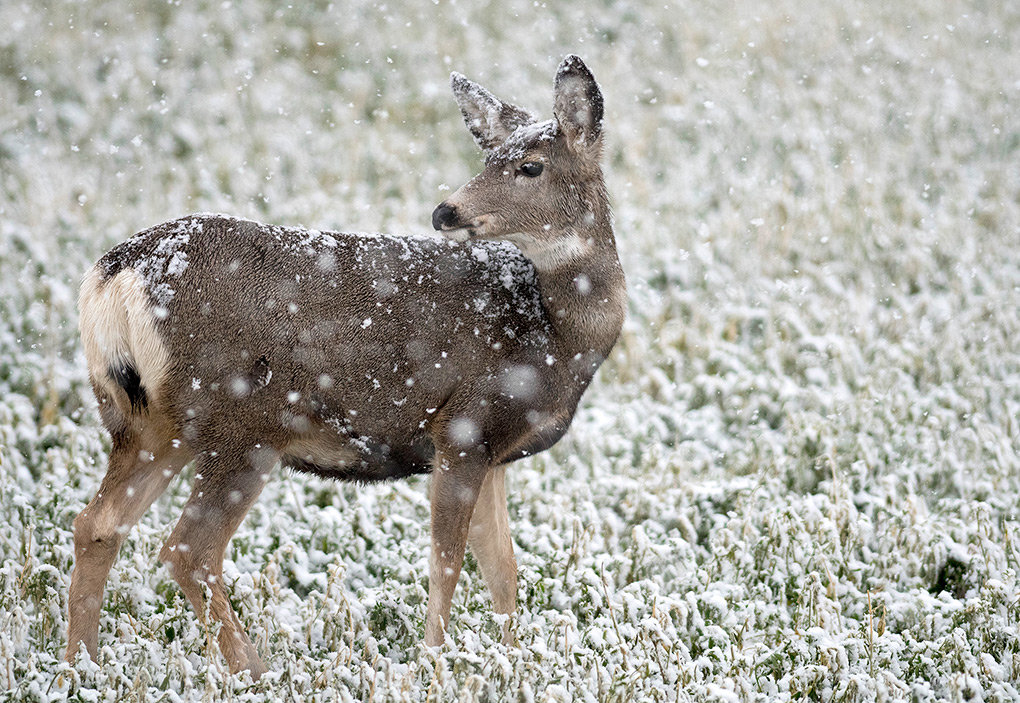
By Mark Davis
Powell Tribune
Via- Wyoming News Exchange
POWELL — When Ken and Kathy Lichtendahl bought their property near Clark in 1994, they didn’t pay much mind to the fences built years or perhaps decades before. They had a lot of cows and horses moving freely on their land from neighboring ranches and worried about the impact on the delicate ecosystem.
“It was up to us to fence them out,” Kathy said.
Wyoming is a fence-out state for livestock, meaning that landowners who don’t want domestic stock on their property are responsible for keeping it out.
Conservation-minded, the Lichtendahls were keenly aware of the natural resources near their home and wanted to protect the region’s delicate ecosystem. Then, as they settled in, they started to realize the actual damage fences do to the environment. They were out for a property check when they found a dead elk calf, its back leg caught in the top two strands of barbed wire on the edge of the couple’s property.
“Not long after that we witnessed the rescue of a great horned owl that had been snared by barbed wire while diving for prey,” Kathy said. “We realized we needed to make some changes.”
Much of the land surrounding the Lichtendahls is still being used for grazing, so simply removing the fences wasn’t an option. After researching the best practices, the couple took down fences where they could and replaced much of it with a wildlife friendly option.
Essentially, the bottom strand was raised to 18 inches and barbless. It allows pronghorn and young deer and elk to crawl under the fence without injury. They also lowered the top strand to 42-inches and enlarged the distance between it and the second strand to help ensure animals jumping over didn’t get entangled in the strands.
There are several equations for changes based on wildlife needs and the type of livestock for which the fences were built.
Prior to the arrival of European settlers, fences were almost non-existent in America, Kathy said in a recent edition of her podcast, “What I do all day.”
Since then, wildlife has struggled to make their way on their long migrations, eventually complicated by a multitude of obstacles — including major highways and growing communities.
Populations of ungulates like deer, elk and pronghorns suffered as a result. Recently, the need for change has become a priority.
The Lichtendahls were part of many individuals and organizations looking for like-minded folks to assist the wildlife on their seasonal routes.
Cory Williams, manager of the North Fork’s Trout Creek Ranch, has been working with wildlife biologists for the better part of a decade to assist all wildlife, from the fish in the creek and river to predators and prey affected by the ranch’s equine operation.
He approached The Nature Conservancy’s Abby Scott looking for solutions. Together they decided to bring more people into the conversation until it was obvious there were many concerned individuals, organizations and agencies.
“So I guess, long story short, a lot of people started coming to the table saying, geez, if we get this person involved, or that person involved, we could get some real data-driven perspectives,” Williams said.
Meanwhile, Wyoming Game and Fish Department Large Game Wildlife Biologist Tony Mong was attempting the same thing. Seeing diverse groups growing, he sought to combine people and resources to create a more focused approach to the problem rather than working on the same problem in different areas.
Williams was already working with the department on Yellowstone cutthroat trout conservation, so the connection was easy.
The Absaroka Fence Initiative was born. At the first meeting, in January 2020, “we actually had 30 people there and that showed us that it was a worthwhile endeavor,” said Mong, who’s chairing the initiative. “It kind of took off from that.”
Representatives from several agencies came together, giving the initiative the teeth to move forward. The group includes landowners and ranchers like the Lichtendahls and Williams, representatives from the U.S. Forest Service, Shoshone National Forest, Bureau of Land Management and the Natural Resources Conservation Service on the federal side, the Wyoming Game and Fish Department, Wyoming Department of Transportation and the Wyoming Migration Initiative on the state level, the Park County government and the Meeteetse Conservation District locally and several conservation organizations, like the Greater Yellowstone Coalition, The Nature Conservancy, Draper Natural History Museum, Wyoming Wildlife Federation and the Mule Deer Foundation.
Excited by the possibilities of a well-financed and research-driven group, they forged ahead. Then the group ran into an obstacle of their own: the novel coronavirus.
“The original plan of the group to tackle several projects in 2020 got smacked down by the pandemic,” Kathy Lichtendahl said.
However, Lichtendahl decided to do some new research on her own property. She set up motion-sensitive scout cameras near existing fences on her property and waited for the results. She was shocked by what she found.
Pronghorn seeking fresh water nearby were crossing an unaltered mile-long fence almost daily; their contact with the bottom strand of barbed wire resulted in injuries.
The group was looking for a small project to begin their work and, based on Kathy’s research, it was decided the fence would be their first attempt.
Fifteen volunteers came together to change the fence on Dec. 5. They spent about eight hours finishing the job.
“The group is not just trying to raise money to pay somebody else to do the work. We want to be hands-on as well,” Mong said.
It will take years to make all the changes needed, he said. But research Game and Fish biologists were already undertaking — watching migration corridors by collaring hundreds of animals — gives them a head start in identifying priority areas among the thousands of miles of fence in the area, Mong said.
“We’re starting to employ some new techniques, new technology and new analysis techniques that will allow us to make decisions on [priority areas],” he said.
This initiative is the first of its kind in Wyoming and took over a year of partnership building, the group said in a Tuesday press release.
It still has many relationships to build and seeks opportunities to connect with willing landowners and community members. The group is planning its first public event for the spring, depending on advances in mitigating the pandemic.
Those interested in learning more can follow the Absaroka Fence Initiative Facebook Page, visit www.absarokafenceinitiative.

